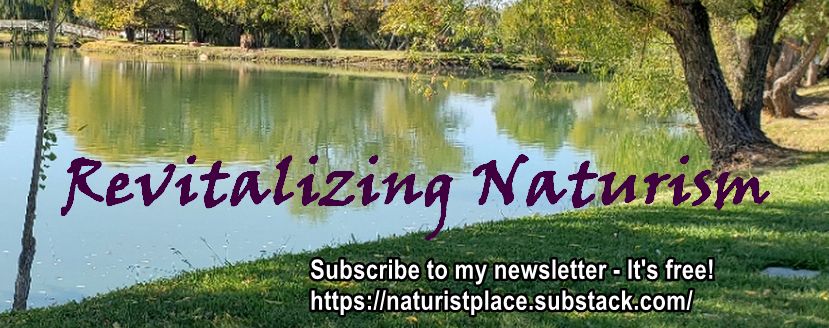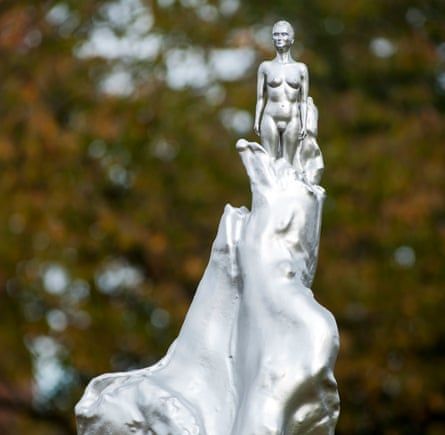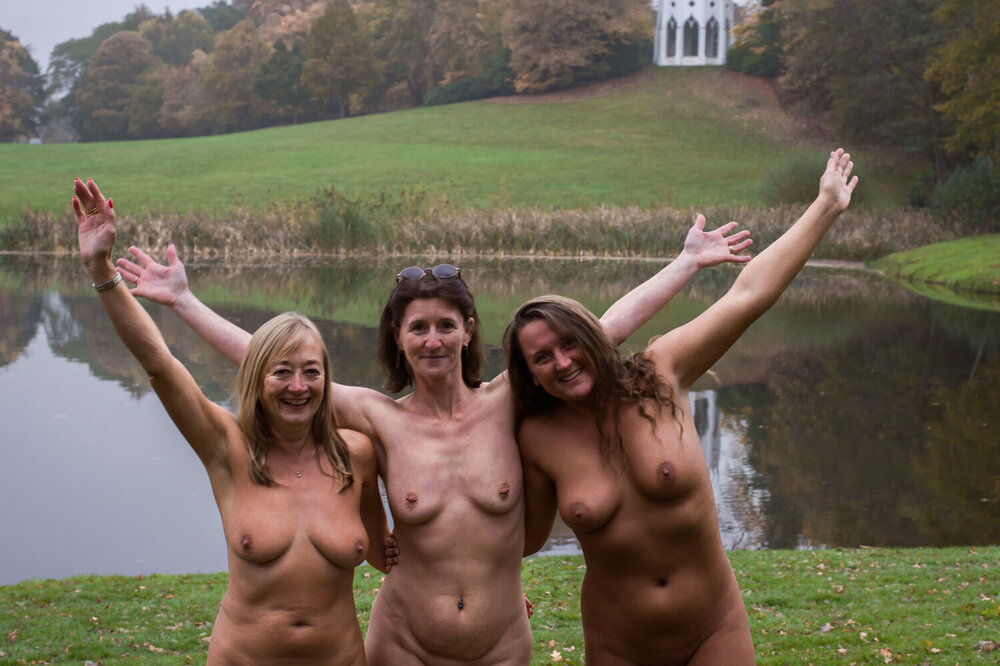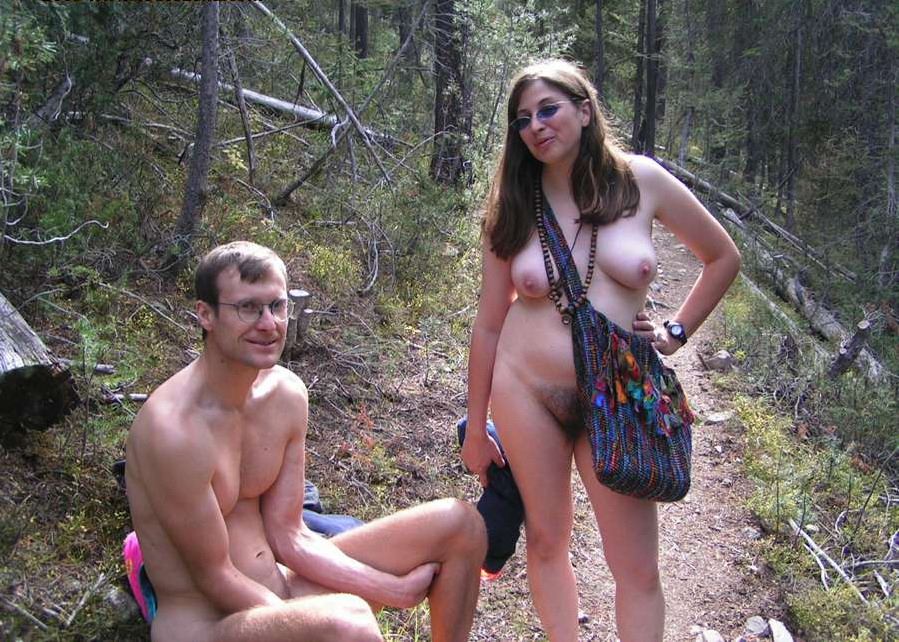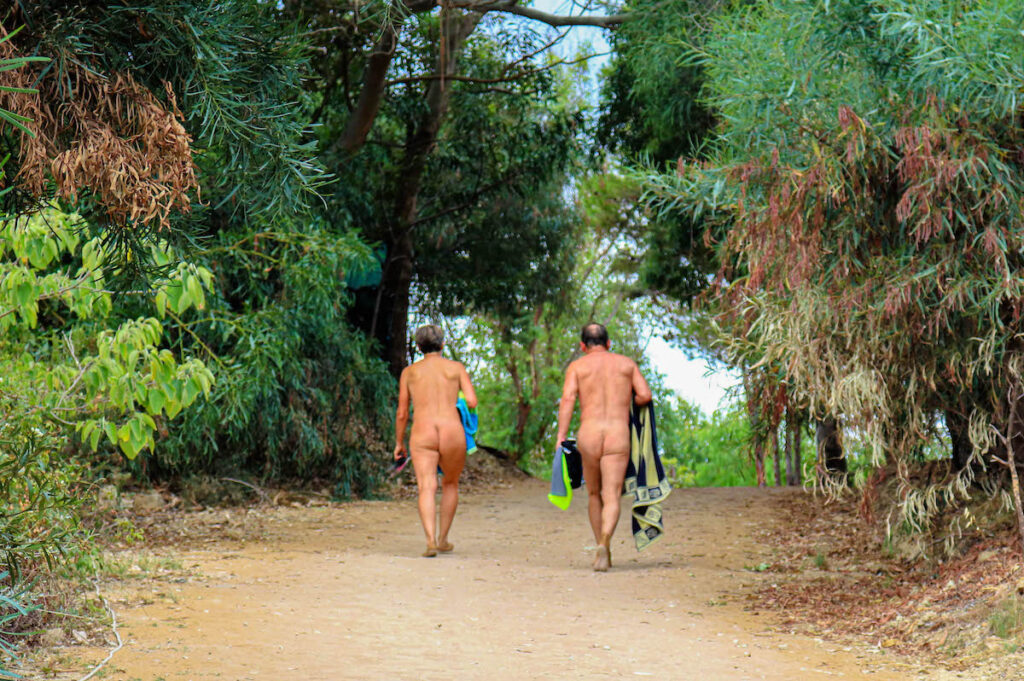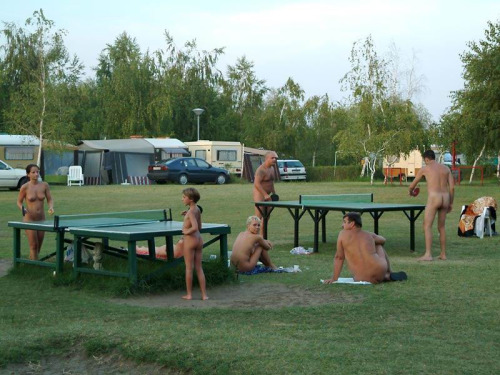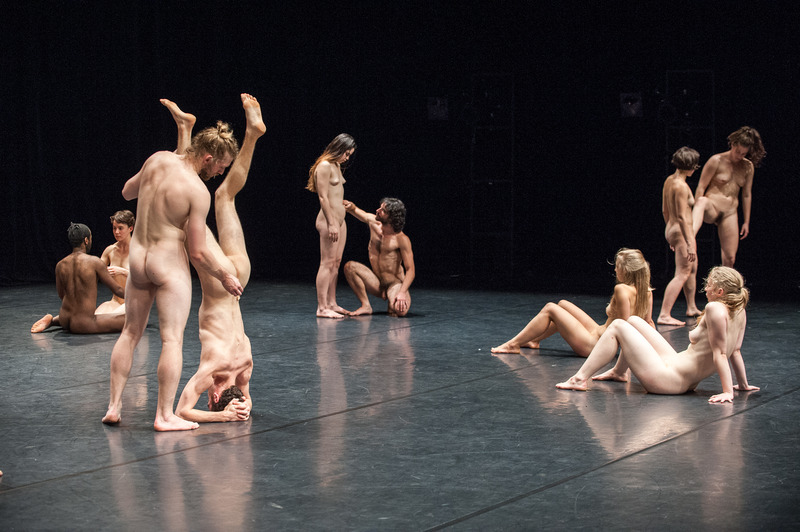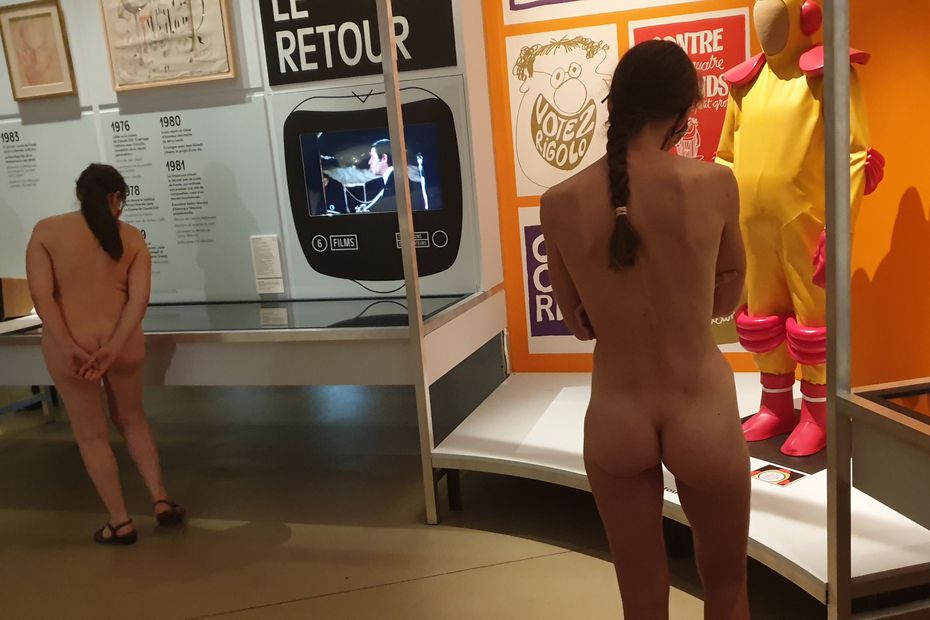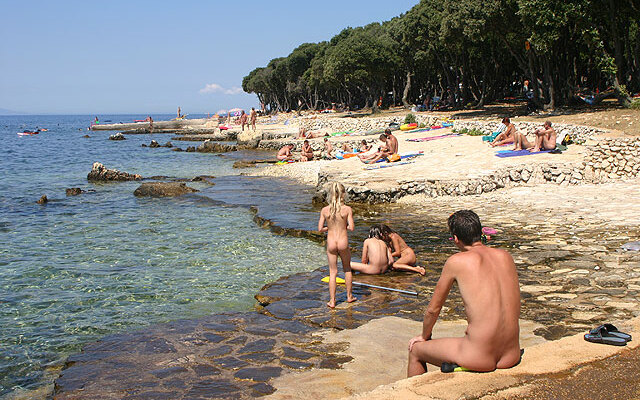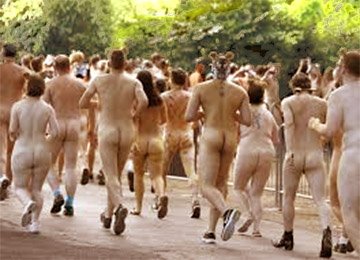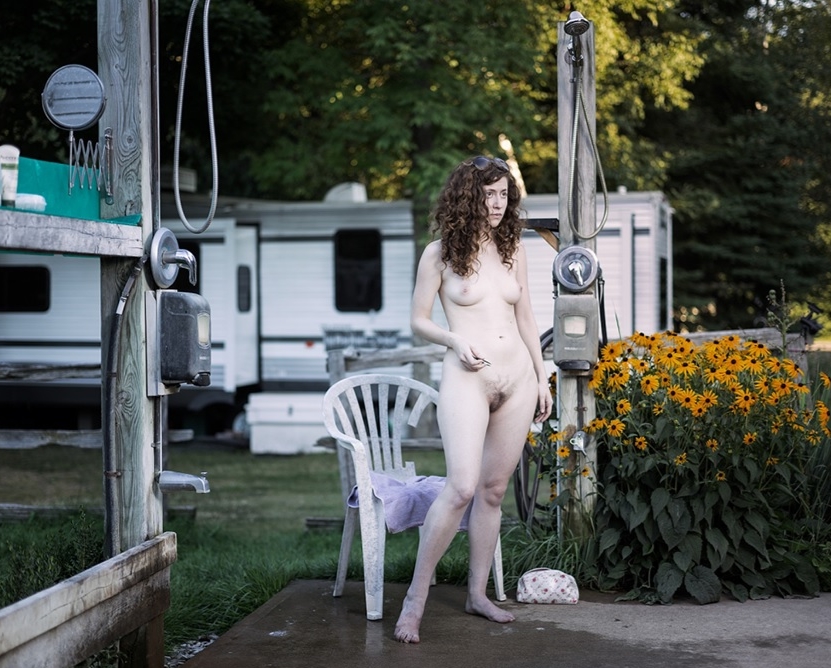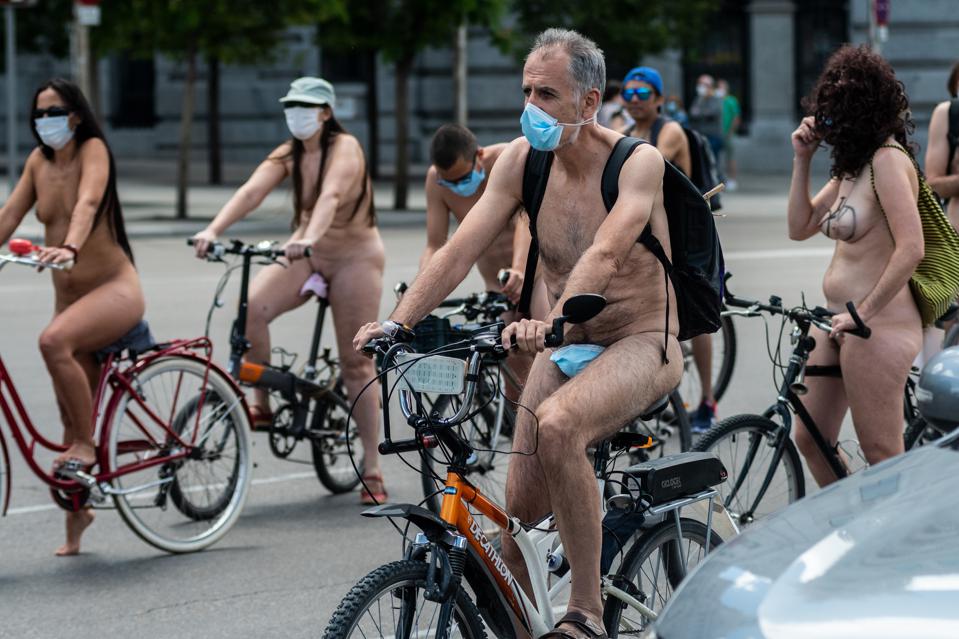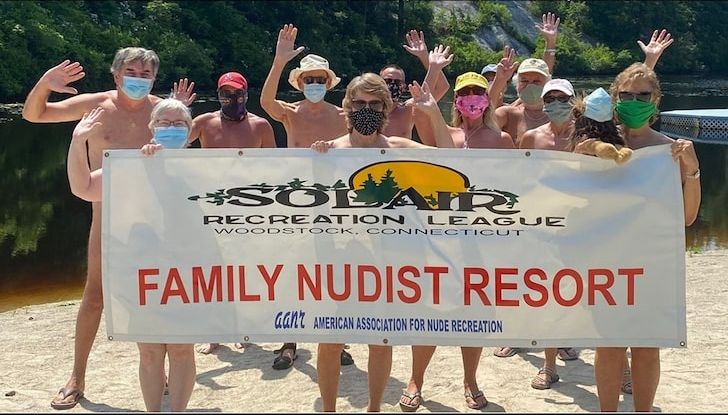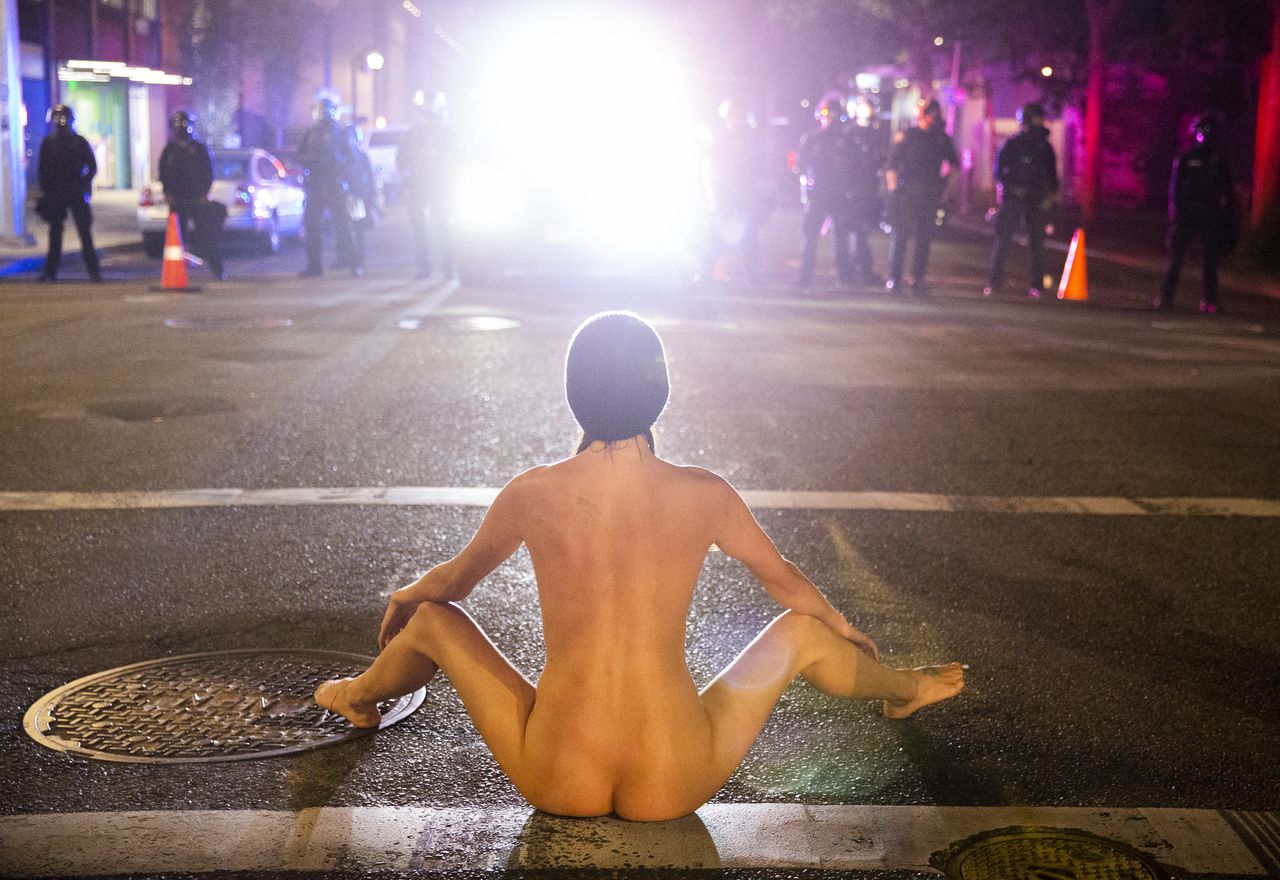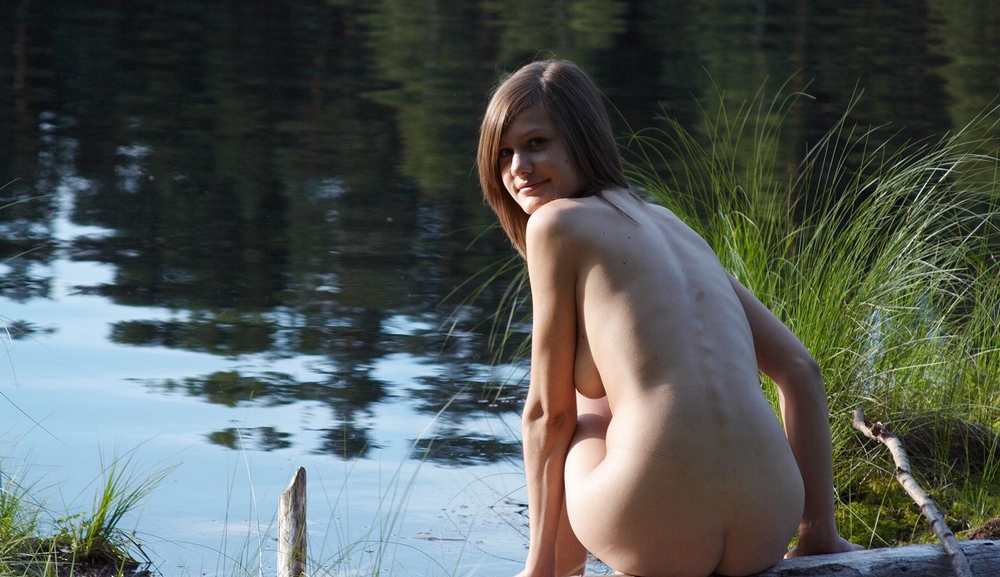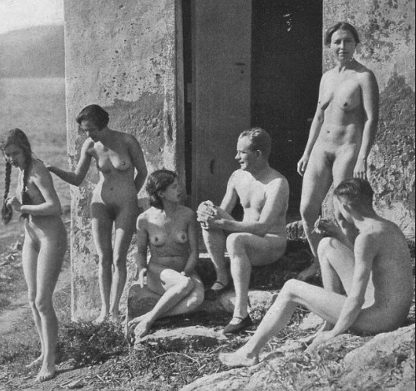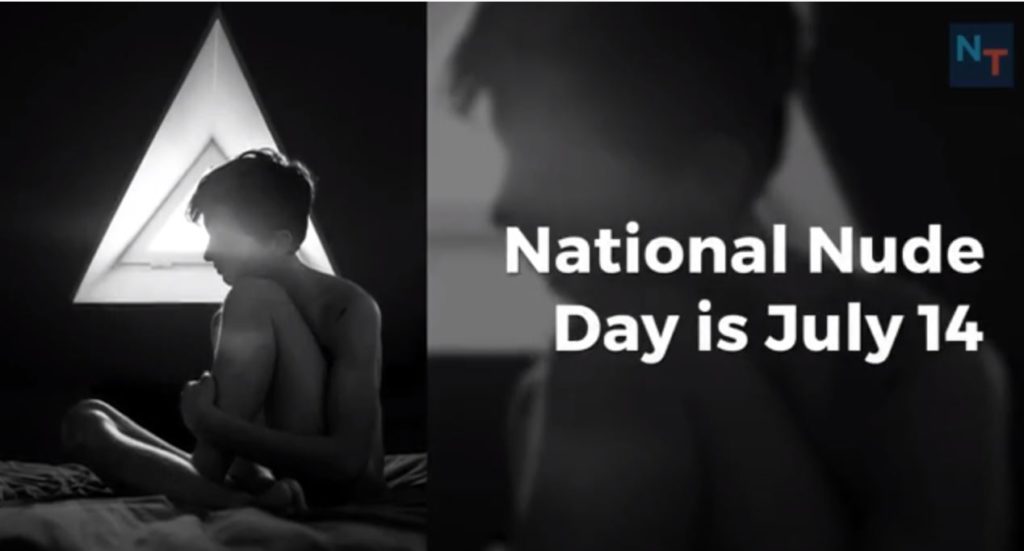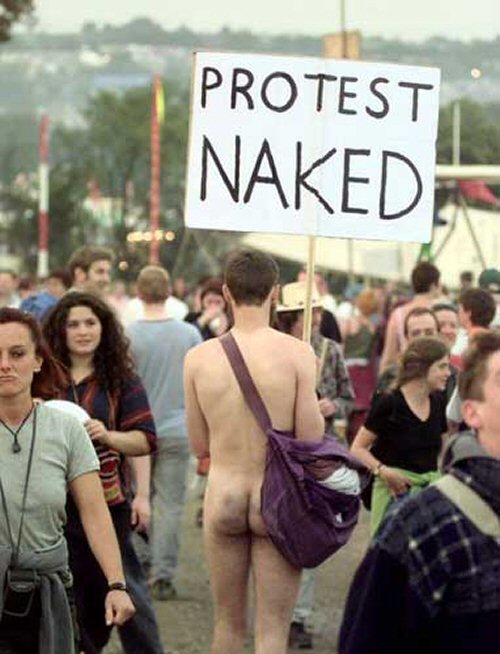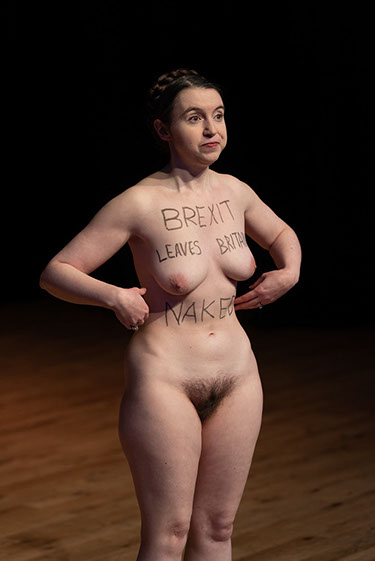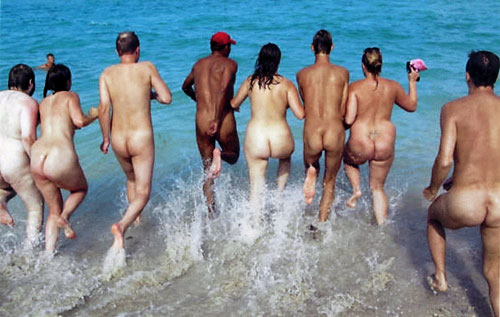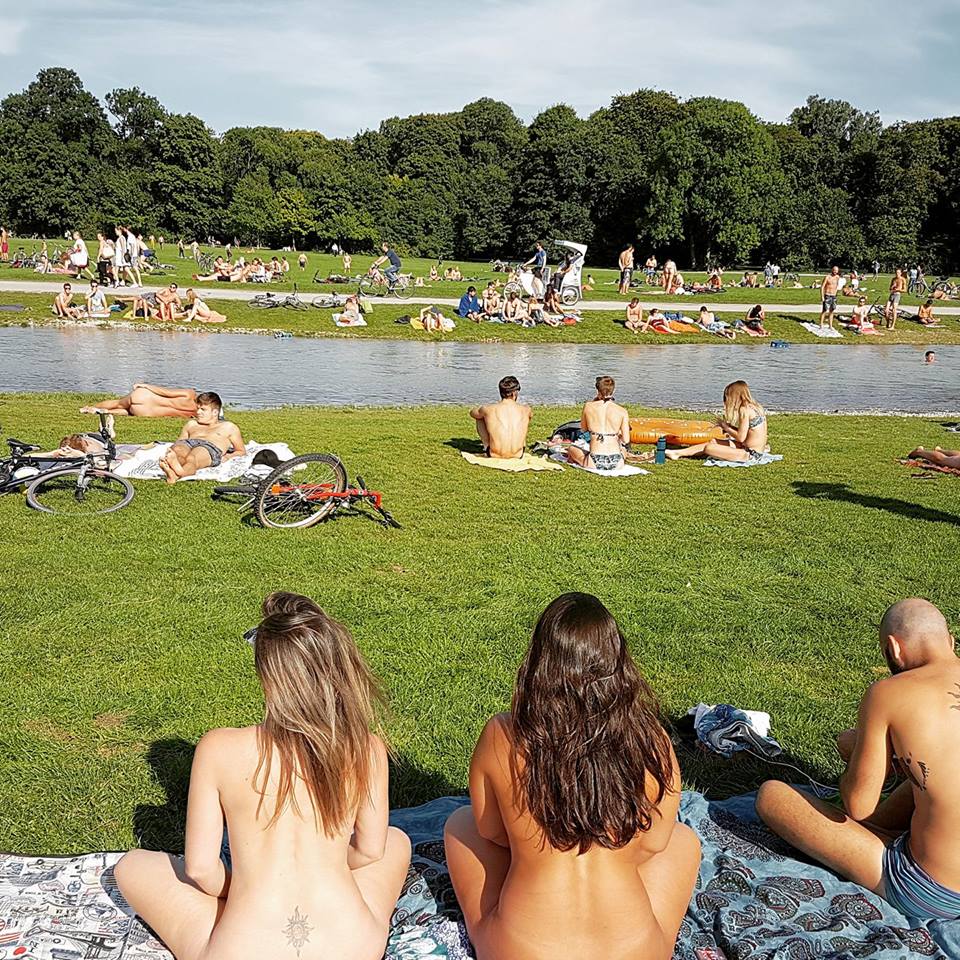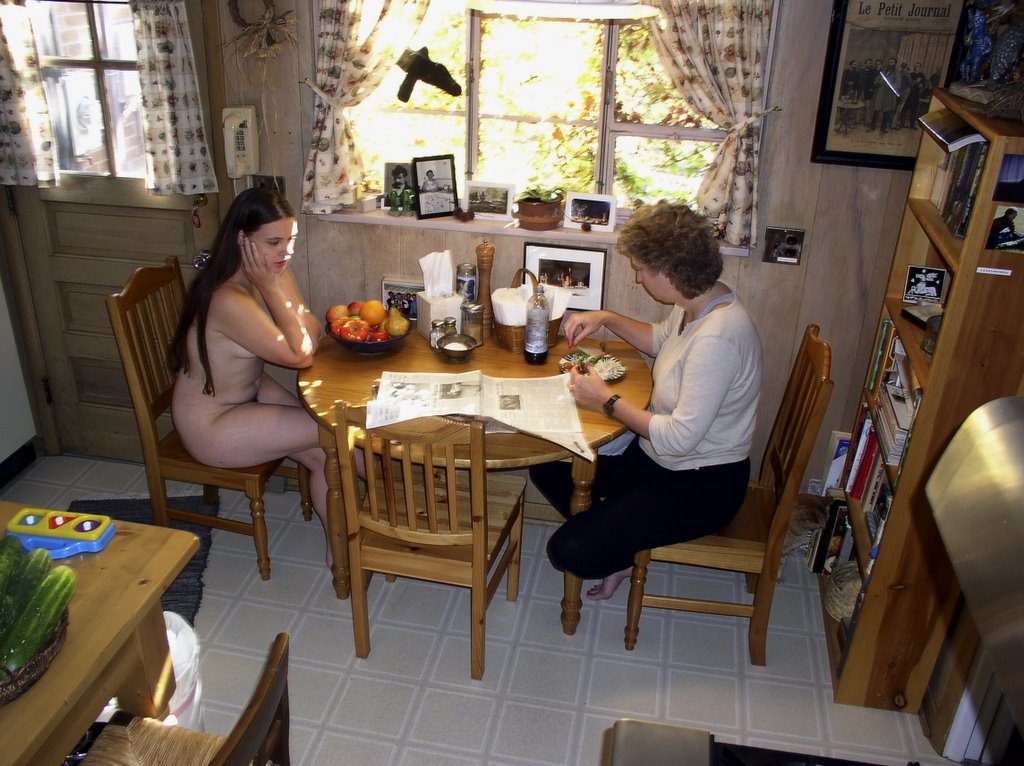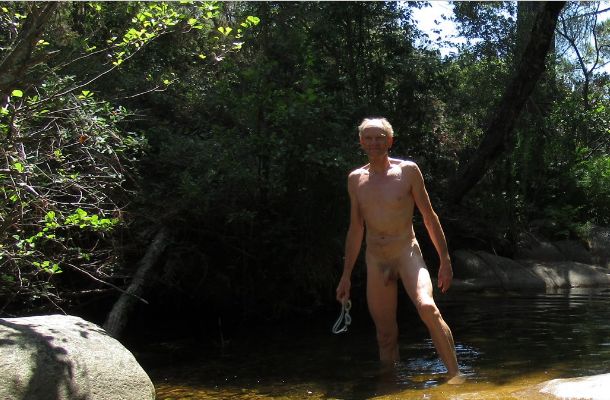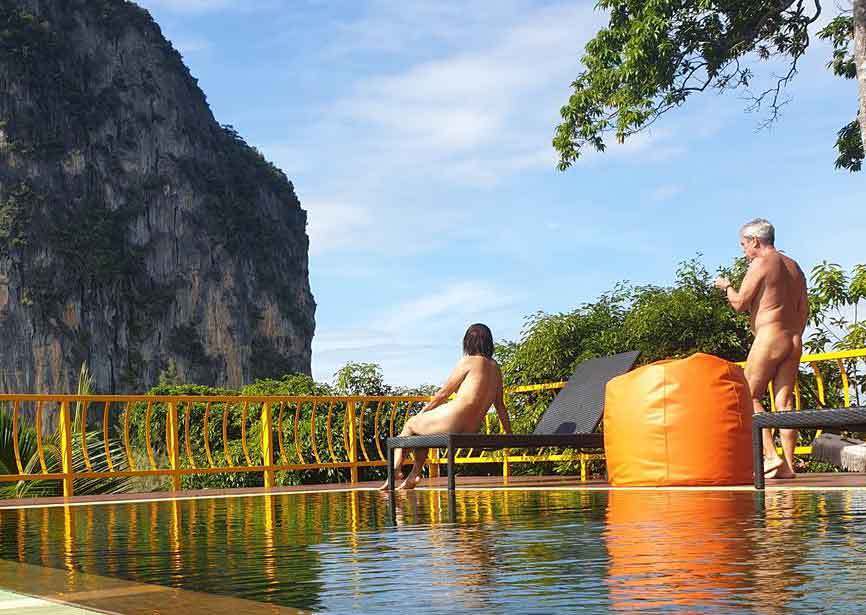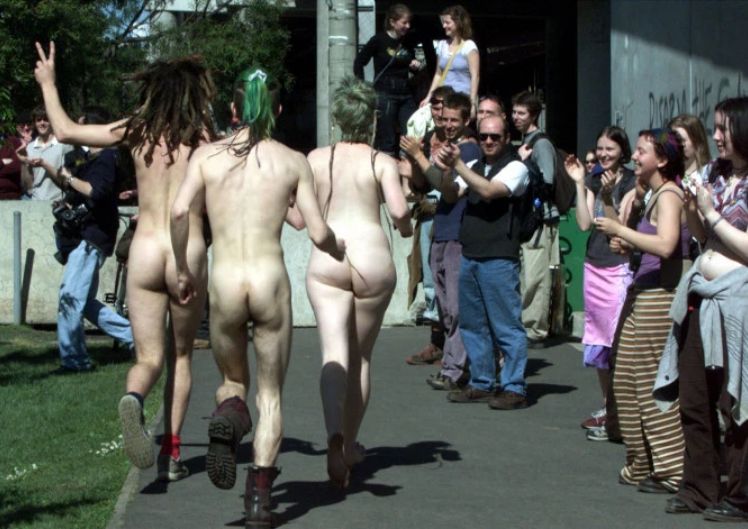
- Grace saddles up for a Lady Godiva style trip through Ludlow for charity (1/26/21)
Lady Godiva earned a place in history vastly more prominent than that of her husband Leofric, an 11th-century Earl of Mercia in central England. As the story is usually told, Godiva felt compassion for the people of Coventry suffering from her spouse’s exorbitant taxation. Her pleas to him to reduce that burden were without avail, but he agreed to some reduction provided she would ride a horse completely naked through town. If the story’s accurate, he probably was astonished when she took him up on the offer.In recent times, nudity has often been used to dramatize protests of many things. But Grace Oakley was determined to follow Godiva’s example, although for a constructive purpose rather than a protest – support for a charity dedicated to prevention of young suicides. (When Grace was only 12 her mother took her own life.) It was 8 months later that Grace finally made her (partially) naked ride through Ludlow (about 60 miles from Godiva’s Coventry). However, by that time she’d raised almost £3000 for her chosen charity. But the effort was probably responsible for donations from many others (who didn’t even need to go naked).
Other accounts of Oakley’s ride:
- Actor strips at ‘French Oscars’ in protest at closure of theatres and cinemas (3/13/21)

Grace Oakley used public nudity to call attention to a serious social problem, but another example of public naked protest appeared in France months before Grace’s ride. It was a protest against perceived injustice, and it was televised live for the entire country to watch. (Godiva’s protest wasn’t televised, of course.) The broadcast was part of France’s César film awards (equivalent to U.S. “Oscars”). The broadcast host had opened the event with a passionate speech against the closure of French theaters on account of the pandemic, which had already been in progress for over a year.
French actor Corinne Masiero was to present the award for best costume (appropriately, as it turned out). Masiero wore a costume when she appeared on stage, but promptly removed it and everything else – even her shoes. It’s unclear whether or not the event organizers knew in advance that Masiero would completely divest herself, but she carried out her presentation fully naked on live television without any interruption or censorship – and the audience applauded. No news media treated the scene as scandalous. C’est la France après tout. Whether pandemic precautions were an appropriate target of protest is debatable. But the point was made quite conspicuously.
Another reaction to the event: Nudity in French Culture – Will it change? (3/13/21)
- I couldn’t wait to tell my friends ! (3/25/21)
Sheryn recounts what happened after she and her husband first visited a naturist club. The “experiment” turned out very well. “It was a bit scary at first. But we had done it and we were hooked.” Unlike most people new to naturism, she could hardly wait to tell her friends about it. The first friend reacted very positively and wanted to try it herself. The second friend was more negative and was sure she wasn’t interested. Yet a year later she’d changed her mind and went with Sheryn for a club visit – and a week later joined the club.Of course, Sheryn and her husband live in Britain, where people in general are much more open-minded about naturism than in the U.S. In fact, naturism has become increasingly popular in Britain over the past couple of decades, in contrast to the U.S. where the opposite has happened. (There are several stories about that in this post.) This account illustrates how not being secretive about naturism can have definite rewards – being able to share social nudity with friends, for example. Now when friends visit Sheryn’s home, her husband remains naked. Her friends are used to it and have no complaints.
- Naked with Friends (Part 1) (3/8/21)
Rae was born and raised in the U.S. but moved to Vancouver, British Columbia a few years ago. She and her husband Jay are enthusiastic naturists and often visit Wreck Beach, the local clothing-optional beach and also an inland hot springs. The article’s title reveals that this article and a second part are also about sharing nudity with friends. As is usual, this sharing happens gradually. At first there are isolated and somewhat tentative experiences. But gradually, an increasing number of friends become involved and often thereafter enjoy nudity together. Anyone who enjoys nudity solely at home is missing the pleasure of genuine social naturist nudity. - Fancy getting nude in a cinema full of strangers? Now you can – just BYO towel (4/20/21)
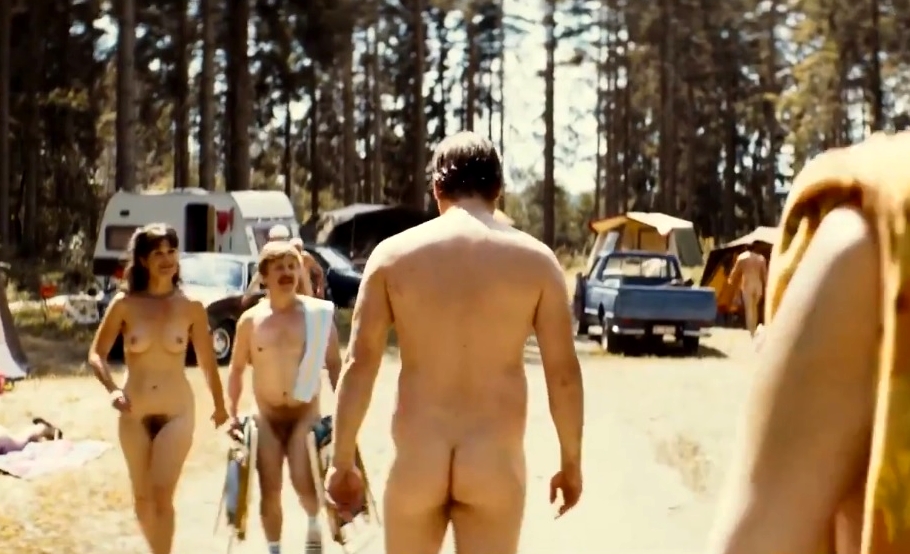
Unlike in France, at nearly the same point in the pandemic, Australian theaters were not closed. However, in two theaters under the same ownership, in Sydney and Melbourne, it was the audience that could strip naked (if they wanted to). The movie was a Belgian tragi-comedy, Patrick, set in a nudist park – will full nudity often on screen. (Sadly, the film has received very little attention, and doesn’t seem to be available even on DVD, although it isn’t intended as an exploitation of nudity.) The showings were arranged by Hudson Sowada, director of the 2021 Fantastic Film Festival Australia. In fact, Sowada announced, “I’ll introduce the film in Melbourne in my birthday suit.” Here’s a short account of the movie with links to some reviews.
- New TV series shows adults stripping naked in front of kids ‘to boost body confidence’ (3/11/21)
Also on the subject of television nudity, in March 2021 a Dutch TV show (“Simply Naked”) debuted. It’s based on a very similar Danish show “Ultra Strips Down” that debuted 2 years previously. In an image from the new show, “five grown-ups are seen disrobing in front of children and standing in front of them completely naked,” according to a British tabloid. However, the show had no prurient intent. Rather, it was intended to teach kids about body confidence. The show’s host described the series’ purpose as “to help children understand different body shapes.”True to customary British tabloid form, the screen image of the disrobing was heavily censored, so as not to disturb prudish, dirty-minded British readers. But youngsters in Holland had no such unease. According to the article, “The kids are shown getting the giggles as the adults strip off.” Probably most of them had seen it all before at home. Even most Brit adults have probably seen it all themselves.
- Is There A Nude Campground In Quartzsite? (2/8/21)
Yes, there definitely is. For some time it’s been known as the Magic Circle, so-named on account of a circular maze constructed of rocks by naturist RVers in one part of a U.S Bureau of Land Management (BLM) camping area near Quartzite, AZ. Unlike National Parks, the BLM has no rules against nudity on most of its land, although local laws may take precedence.On most BLM land, campers may stay no longer than 2 weeks. At Magic Circle, however, the limit is 7 months, and many campers stay much of that time, in part because many of them are retired and enjoy the area’s warmth for a large part of the year. So the average age of campers tends to be on the high side. Since so many Magic Circle campers stay for extended periods, they get to know each other. The result is that the place has the vibe of a regular naturist club, including planned social events. Note that there are some general rules. For instance, relocating every 2 weeks is required during the summer. And there are fees: $40 for 2 weeks, or $180 for 7 months.
- Doing the Naked Macarena (2/16/21)
Katrina provides a capsule account of the best things about naturism, all in the process of describing her first experience on a nude cruise in the Caribbean. She and her husband had their first naturist experience at a Caribbean resort a year before the cruise. They were quite uncomfortable with nudity the first day. But by the third day they found total nudity to be completely… natural. Naked bodies are just bodies, and they exist in all shapes and sizes. Just read the story for an idea of what a nude cruise is like. And what about the macarena? Well, that’s just an energetic dance best done naked to allow maximal freedom of movement for all body parts.The cruise itself is offered every year by a company called Bare Necessities. You can be naked as much as you want while at sea. But it’s not cheap – for 2 people in a cabin the cost can exceed $20,000, depending on location in the ship. (Singles can share a cabin – and expenses – with another single if desired.) And although the boat hosts 3500 people, a reservation far in advance is a good idea if you want a specific room category. There’s also a Greek isles cruise on a smaller ship if you want a Mediterranean experience.
- The UK’s best nudist beaches for families and couples (2/28/21)
Although the British climate is not exactly ideal for naturism, the UK nevertheless has plenty of coastline – and nudity is possible at many locations. But which ones are “safe” for families with children? Unless a kid has been instructed from an early age that wearing clothes is absolutely necessary, they shouldn’t have a problem with nudity. As the writer notes, “Naturism seems to come naturally to the kids.”Still, it makes good sense to choose a beach where nudity is possible but also somewhere that worrying about improper behavior of others is unnecessary. Since youngsters can’t resist an opportunity to swim and jump in the waves, choosing a place with surf that’s not too rough is important. And if no suitable beaches are near the family home, a location should have good dining choices and overnight accommodations. This article suggests 6 good options for families, as well as 3 others more suitable for adults.
- A Global Guide to Nude & Topless Sunbathing (3/31/21)
Here’s a different sort of guide to clothing-optional beaches and topfree sunbathing places. It doesn’t list specific locations. Instead, it provides a general rating of tolerance for skinny-dipping and topfreedom. The guide covers most countries in the world, although its ratings can be vague and uncertain sometimes. The ratings have four color-coded categories:- Green: many “official” public locations where nudity is OK
- Yellow: public nudity is usually unacceptable, but tolerated in specific locations
- Red: public nudity not acceptable – don’t go there to be naked
- Grey: insufficient relevant information
There are color-coded maps of the whole world, including a separate map with individual state details just for the U.S. All countries have individual listings, usually with more details. Only public locations are considered, but the existence of private naturist clubs and resorts may be noted. Some indications of the survey’s methodology and information are provided. The survey was conducted by a British female lingerie/swimwear company (cognitive-dissonance alert) named Pour Moi. The information is provided as of July 2021, and (of course) may be different at a later time.Other places where the survey is presented in less complete form:
Bonus from earlier: I spent a week at home in the nude, and this is what I learned about my body (4/3/17)
Cat (her preferred name), from New Zealand, reports “When I read that naturists have higher self-esteem than those who keep their clothes on, I decided to spend a week in the nude in the privacy of my own home to see what I could learn. I hoped that my naked experiment would make me more comfortable with my body and its imperfections.” And so: “I worked, slept, cooked, cleaned, and got on with family life minus my clothes. Although I was a little apprehensive about my nudity project, on the whole I really enjoyed it.”
There were some uncomfortable factors initially. However, “On other days, though, my nudity was liberating and fun. There were even a few moments where I felt profoundly present in my body.” On one rainy afternoon she went into her backyard, forgetting she was nude, but she enjoyed feeling the rain on her skin. Finally, “After spending a week naked at home, the prospect of stripping off in public became less daunting.”
Do you know anyone who’s aware you’re a naturist, seems open-minded, and has the free time? If so, try suggesting they spend a weekend, several days, or a whole week naked at home the whole time – assuming anyone they live with won’t object. Suggest they’ll understand, at least, what you like about naturism. You may find another friend to enjoy naturism with.
